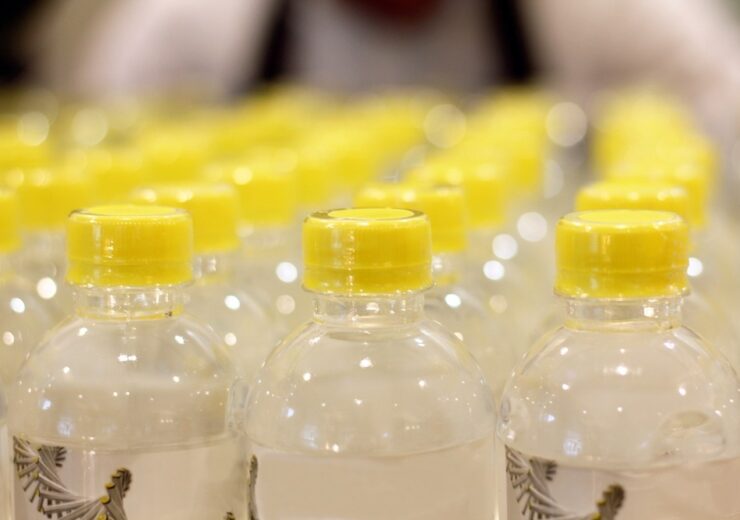HolyGrail 2.0 follows on from the HolyGrail initiative, which discovered that putting a watermark on packaging was the best way to improve recycling rates

Digital watermarks are seen as a potential way to improve plastic packaging recycling rates (Credit: Pixabay)
A group of more than 85 organisations and companies — including Amcor, PepsiCo and Mondelez International — have signed up to a new digital watermark initiative, which aims to improve packaging recycling in the EU.
HolyGrail 2.0, headed up by the European Brands Association (AIM), will look at whether digital technology could enable better sorting and higher-quality recycling rates for packaging in the EU.
It follows on from the HolyGrail initiative — set up in 2016 by the Ellen MacArthur Foundation — which investigated innovations to improve post-consumer recycling.
Digital watermarks were found to be the most promising technology, gathering support among the majority of stakeholders and passing a basic proof of concept.
HolyGrail 2.0 will look to promote the next phase of this with the launch of a pilot to assess the viability of digital watermark technology for improving both sorting and recycling of packaging.
AIM’s director-general Michelle Gibbons said: “The three ingredients here are innovation, sustainability and digital, combined to achieve the objective of the Green Deal towards a clean, circular and climate neutral economy.
“It is terrific to see such enthusiasm from across the industry and to be able to unite such expertise from the complete packaging value chain, from brand owners and retailers to converters, EPR schemes, waste management systems, recyclers, and many more.
“Collaboration is the way forward to achieve the EU’s circular economy goals.”
What are digital watermarks and how could they help improve packaging recycling rates?
Digital watermarks are markers typically embedded in the likes of audio, video, or image data to identify ownership of the media.
For packaging, they come as postage-stamp-sized codes that carry a wide range of attributes.
These include information relating to the manufacturer, the types of plastics used and composition for multilayer objects, and whether it’s used for food or non-food purposes.
The aim behind this is that once the packaging reaches a waste sorting facility, the digital watermark can be detected and decoded by a standard high-resolution camera on the sorting line — sending the item to the correct stream.
It’s thought this would result in a more accurate sorting stream, leading to the creation of higher-quality recyclates, which would benefit the complete packaging value chain.
Alongside the so-called “digital recycling passport”, digital watermarks have the potential to be used in areas such as consumer engagement, supply chain visibility and retail operations.

PepsiCo Europe CEO Silviu Popovici said: “Effective sorting of waste is a barrier to wider recycling of packaging materials in Europe.
“This industry-wide challenge can only be resolved through working together for a system-wide solution.
“Developing digital watermarks for packaging is a prime example of how collective action and technology can advance a circular economy.”
Amcor chief commercial officer Peter Konieczny added: “This initiative is a clear example of how innovative technology and participation from stakeholders across the full value chain has the potential to improve recycling globally and protect the environment.”
Alongside improving the recycling system, digital watermark technology could also provide other opportunities for packaging businesses.
One of these could allow consumers to use a smartphone app to find details about the packaging they’re purchasing and how to recycle it — with brand owners also able to provide other product details as well.
Packaging and paper group Mondi’s head of product sustainability for flexible packaging and engineered materials, Graeme Smith, said: “At Mondi, we believe packaging should be sustainable by design and we see the need to improve the sorting and separation of packaging waste as part of a circular economy.
“Digital watermarks have the potential to make this a reality. Improved recycling will increase the value of packaging waste, driving higher collection rates, and making it a valuable commercial resource for the future.”
